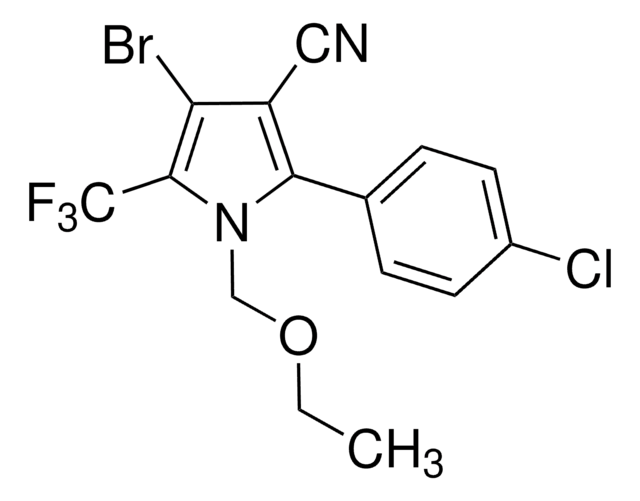About This Item
Recommended Products
Agency
suitable for ASTM® 7968
suitable for ASTM® 7979
suitable for DIN 38407-42
suitable for EPA 1633
suitable for EPA 533
suitable for EPA 8327
suitable for EPA ACB B21-02
suitable for ISO 21675 2019
suitable for ISO 25101
suitable for ISO/CEN 15968-2010
Quality Level
form
liquid
concentration
49-51% (T)
technique(s)
HPLC: suitable
density
1.049 g/cm3
λ
neat
UV absorption
λ: 260 nm Amax: 0.05
λ: 270 nm Amax: 0.02
λ: 300 nm Amax: 0.01
λ: 500 nm Amax: 0.01
suitability
corresponds to standard for RP gradient test
corresponds to standard for filter test
SMILES string
CC(O)=O
InChI
1S/C2H4O2/c1-2(3)4/h1H3,(H,3,4)
InChI key
QTBSBXVTEAMEQO-UHFFFAOYSA-N
Looking for similar products? Visit Product Comparison Guide
General description
Application
Used as a solvent/reagent in:
- Extraction of E. coli based porphyrin for subsequent LC-MS/MS analysis
- HPLC quantification of carbohydrate composition in sugarcane bagasse pulp
Legal Information
Signal Word
Danger
Hazard Statements
Precautionary Statements
Hazard Classifications
Eye Dam. 1 - Flam. Liq. 3 - Skin Corr. 1B
Storage Class Code
3 - Flammable liquids
WGK
WGK 1
Flash Point(F)
104.0 °F - closed cup
Flash Point(C)
40 °C - closed cup
Choose from one of the most recent versions:
Already Own This Product?
Find documentation for the products that you have recently purchased in the Document Library.
Customers Also Viewed
Our team of scientists has experience in all areas of research including Life Science, Material Science, Chemical Synthesis, Chromatography, Analytical and many others.
Contact Technical Service




